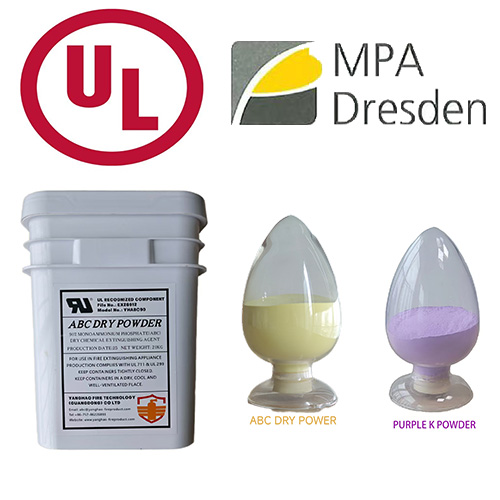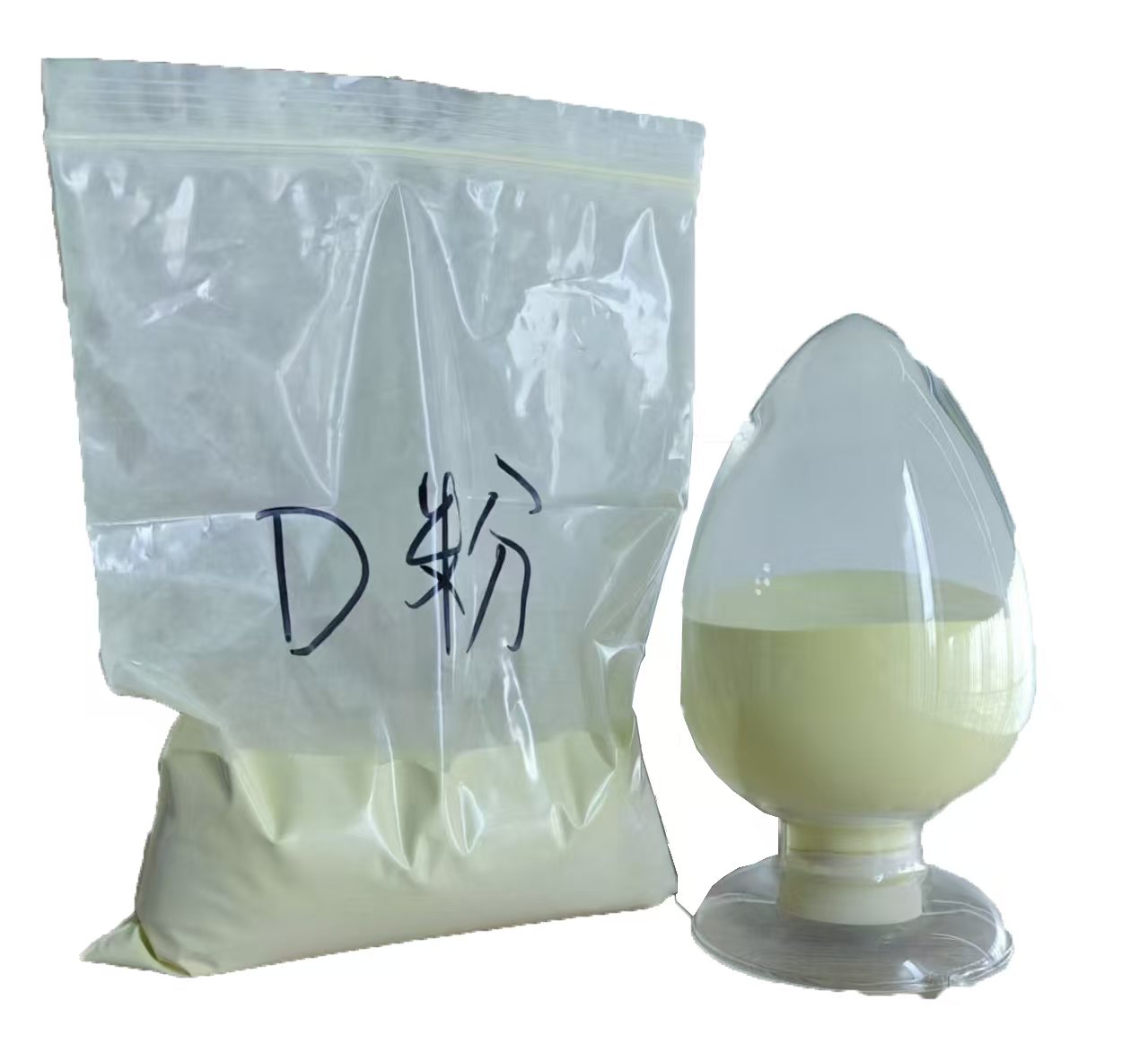Cooling and Smothering in Class D Agents: How Heat Absorption Capacity and Thermal Stability Define Metal Fire Suppression Efficiency
1. Introduction
When dealing with reactive metal fires such as magnesium, sodium, potassium, or titanium, conventional fire extinguishers are not only ineffective—they can be dangerous. In these scenarios, a Class D fire extinguishing agent becomes the primary safeguard. These specialized powders work through a dual mechanism: rapid cooling via high heat absorption capacity and oxygen isolation supported by high thermal stability.
This blog explores how these two core properties determine metal fire suppression effectiveness, and why advanced dry powder fire extinguishing agent formulations are critical for high-risk industries.
2. Understanding Class D Metal Fires
Metal fires occur when reactive metals ignite at extremely high temperatures, often exceeding 1,000°C. Examples include:
-
Magnesium: Common in aerospace and automotive alloys.
-
Sodium and Potassium: Used in chemical production and heat exchange systems.
-
Titanium: Found in aircraft, medical implants, and high-strength components.
The challenge is that these fires produce their own oxygen through chemical reactions, meaning traditional water or foam agents are not viable. A Class D fire extinguishing agent must both absorb intense heat and cut off the oxygen source to stop the reaction chain.
3. The Cooling Mechanism: Heat Absorption Capacity
The heat absorption capacity of a dry powder fire extinguishing agent refers to its ability to soak up and dissipate thermal energy from the burning metal.
Key points:
-
High heat absorption capacity agents like sodium chloride or graphite-based powders lower the fire’s temperature below the ignition point.
-
The cooling effect reduces metal reactivity, slowing down combustion kinetics.
-
Rapid temperature reduction is critical in preventing re-ignition, a common risk in metal fire suppression.
Example: A magnesium fire at 1,200°C treated with a high heat absorption capacity powder can drop to under 500°C in less than 20 seconds.
4. The Smothering Mechanism: Thermal Stability
Thermal stability measures the powder’s ability to maintain its protective barrier at extreme heat without decomposing.
Why it matters:
-
Powders with high thermal stability can maintain a dense, oxygen-blocking layer for prolonged periods.
-
Low-stability agents may degrade, allowing oxygen to seep back in and reignite the fire.
-
Class D fire extinguishing agent formulations often use coating technology to enhance thermal stability and prevent powder breakdown.
In metal fire suppression, both thermal stability and heat absorption capacity must work hand-in-hand—cooling reduces energy, while stability sustains the oxygen barrier.
5. How Particle Size Affects Both Mechanisms
The efficiency of a dry powder fire extinguishing agent is also influenced by particle size distribution:
-
Fine particles cover the burning surface more completely, improving oxygen isolation.
-
Coarser particles retain heat longer, contributing to extended thermal stability.
-
Optimized blends balance both for superior metal fire suppression performance.
6. Industry Case Study
In a manufacturing plant handling titanium scrap, a sudden spark ignited fine metal shavings. The company deployed a Class D fire extinguishing agent engineered with high heat absorption capacity and exceptional thermal stability.
-
The powder rapidly cooled the titanium fragments.
-
Its stable barrier layer prevented oxygen from reaching the hot metal.
-
No re-ignition occurred even after 24 hours of monitoring.
Such results highlight why advanced dry powder fire extinguishing agent technology is indispensable in metal fire suppression.
7. Choosing the Right Class D Fire Extinguishing Agent
When selecting a Class D fire extinguishing agent, industrial safety managers should evaluate:
-
Heat absorption capacity: Measured in kJ/kg, indicating how much heat the powder can absorb before degrading.
-
Thermal stability: Tested by exposure to sustained high temperatures.
-
Particle size optimization for effective coverage and lasting protection.
-
Compatibility with the specific metal hazard in your operation.
8. Conclusion
Metal fires demand specialized solutions. The best Class D fire extinguishing agent combines high heat absorption capacity to cool the reaction and strong thermal stability to maintain an oxygen-blocking layer. This dual mechanism ensures reliable metal fire suppression without the risk of re-ignition.
For industries where metal fire hazards are a constant risk, investing in advanced dry powder fire extinguishing agent technology isn’t optional—it’s essential. The right combination of cooling and smothering power can mean the difference between a controlled incident and a catastrophic loss.



